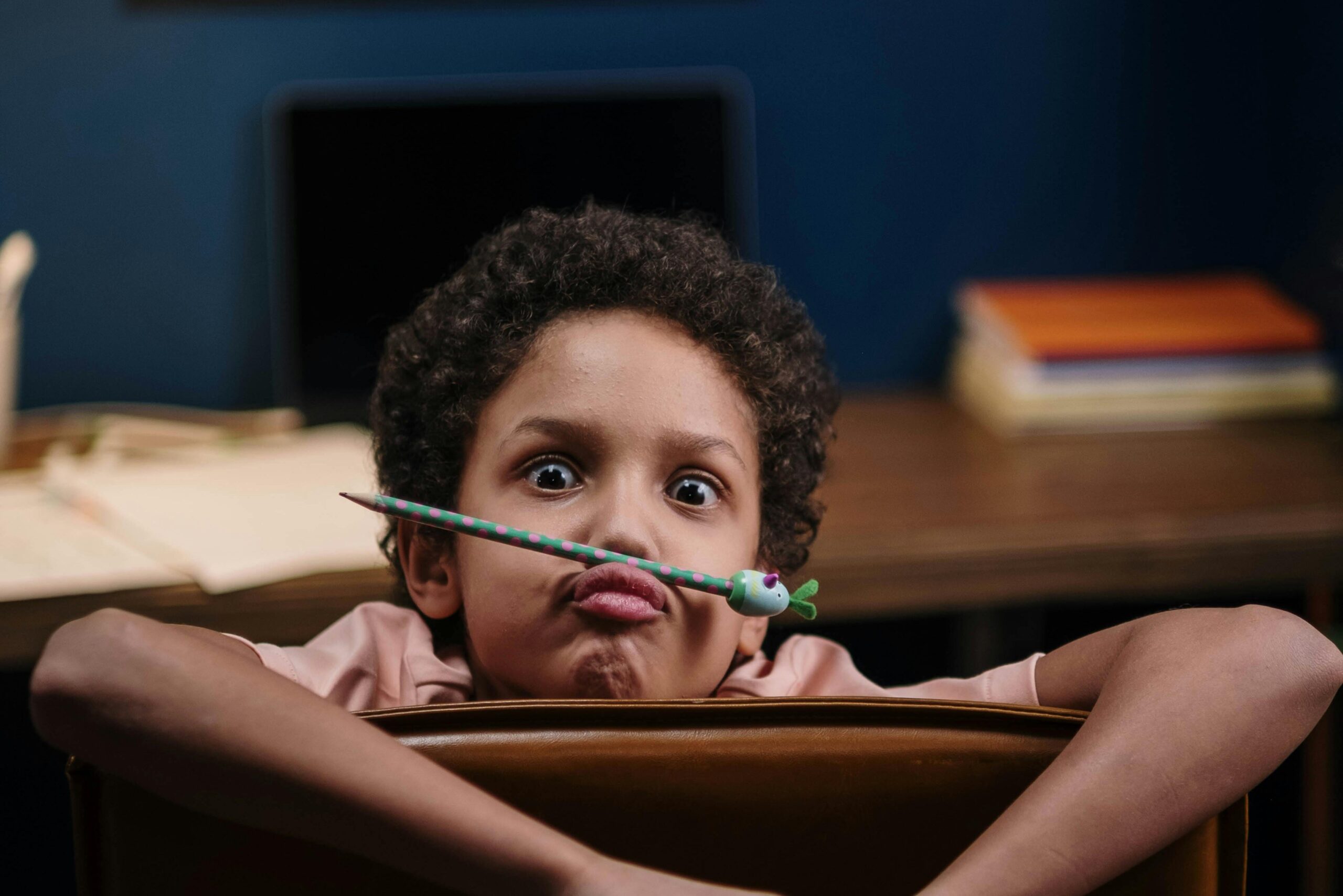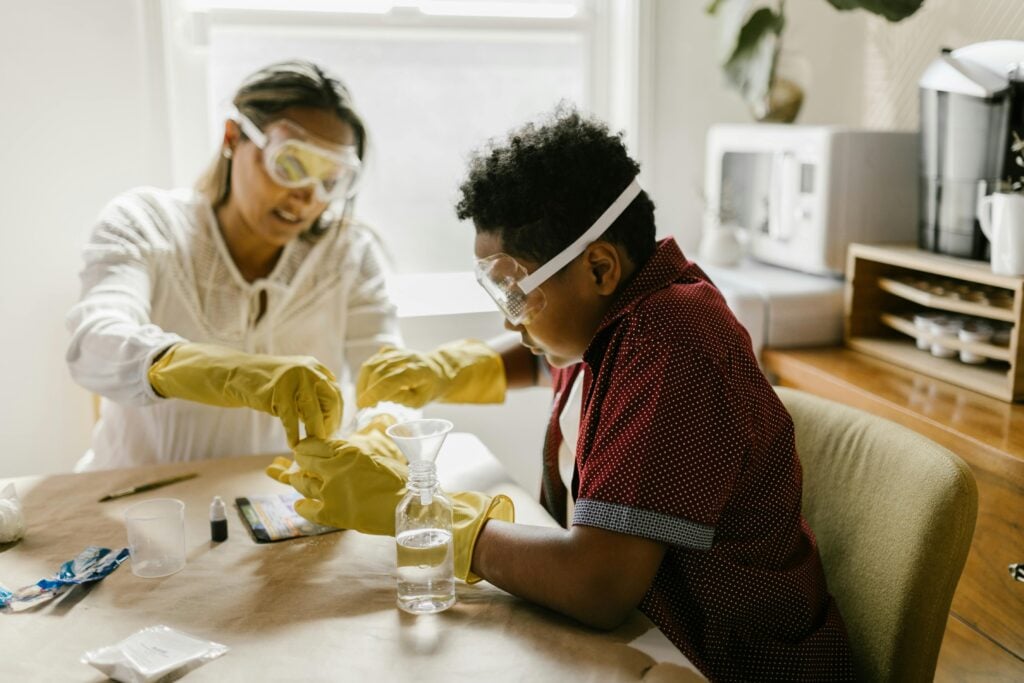
In today’s rapidly changing world, knowledge alone is no longer enough. Students are preparing for jobs that don’t yet exist, technologies that are still being developed, and challenges that demand bold, innovative solutions. Among all the 21st-century skills, creativity has emerged as one of the most valuable. It’s not simply a “nice-to-have” skill—it’s the very currency of success.
Why Creativity Matters More Than Ever

Creativity empowers students to generate fresh ideas, solve problems in unconventional ways, and adapt to new situations with confidence. Unlike rote memorization, creativity encourages curiosity and deeper learning. Employers consistently highlight creativity and innovation as top skills they seek, alongside communication and collaboration.
In schools, creativity helps students engage more fully with material, whether they’re designing a science project, coding a program, or presenting research. The ability to think outside the box makes students more adaptable and better prepared for real-world challenges.
Of course, creativity doesn’t exist in isolation. It works hand in hand with other essential skills like digital education, which gives students access to new tools and opportunities. In a digital-first world, a student who understands how to navigate online resources safely and effectively can transform information into innovative solutions.
Want to give your students the tools to succeed? Explore how Typesy can help them develop essential typing and digital literacy skills.
The Role of Typing in Unlocking Creativity

At first glance, typing might not seem directly linked to creativity. Yet, typing fluency is a critical enabler of innovation. When students can type quickly and accurately, they reduce the friction between thought and expression. This means more time spent brainstorming, drafting, and refining ideas, and less time slowed down by mechanics.
Think about it: a student working on a group project needs to communicate effectively with teammates, draft reports, and share ideas online. Without strong typing skills, these tasks take longer, limiting the ability to focus on creative thinking. With typing mastered, students gain the freedom to express ideas seamlessly.
Another essential element is cultivating safe online habits. When students understand how to protect their digital identities and interact responsibly on the internet, they create a secure foundation for exploring and innovating online. A safe digital environment fosters the confidence students need to collaborate, research, and share creative projects.
Ultimately, creativity is not about producing art alone—it’s about applying imagination to problem-solving in every field. Students who combine typing fluency, digital literacy, and online safety with innovative thinking are equipped to thrive in the modern world.
Building Creativity for the Future
Creativity is not a fixed trait; it can be developed. Educators and parents can nurture creativity by encouraging experimentation, valuing original ideas, and integrating technology into learning. For example, project-based learning invites students to apply creativity in real-world scenarios, while digital collaboration tools open opportunities to work with peers across the globe.
The key is to create a balance between foundational skills and free thinking. Just as students must learn typing to unlock digital opportunities, they also need the space to explore, question, and innovate. By investing in both structure and imagination, schools prepare students not only to adapt to the future but to shape it.
Help your students unlock creativity through the power of fast, accurate typing and digital readiness with Typesy.
